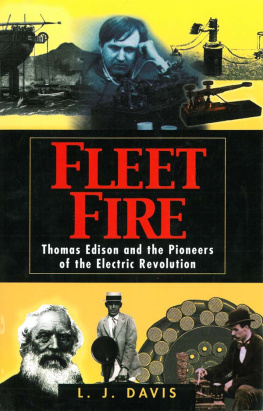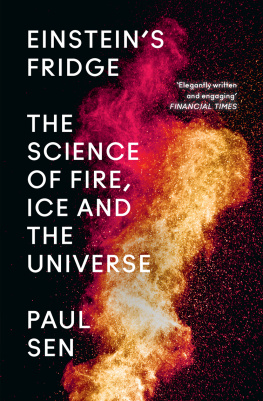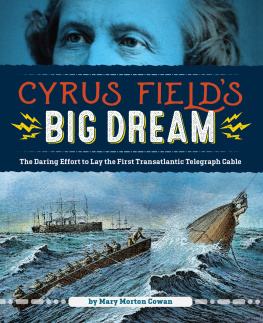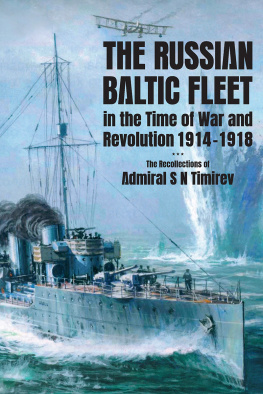
Copyright 2003, 2011 by L. J. Davis
All Rights Reserved. No part of this book may be reproduced in any manner without the express written consent of the publisher, except in the case of brief excerpts in critical reviews or articles. All inquiries should be addressed to Arcade Publishing, 307 West 36th Street, 11th Floor, New York, NY 10018.
Arcade Publishing books may be purchased in bulk at special discounts for sales promotion, corporate gifts, fund-raising, or educational purposes. Special editions can also be created to specifications. For details, contact the Special Sales Department, Arcade Publishing, 307 West 36th Street, 11th Floor, New York, NY 10018 or arcade@skyhorsepublishing.com .
Arcade Publishing is a registered trademark of Skyhorse Publishing, Inc., a Delaware corporation.
Visit our website at www.arcadepub.com .
10 9 8 7 6 5 4 3 2 1
Library of Congress Cataloging-in-Publication Data is available on file.
ISBN: 978-1-61145-659-2
For Bill and Susan
CONTENTS
ACKNOWLEDGMENTS
I can make certain claims to scholarship, but only a few in the direction of originality. The most prominent of the latter was finding the Rutgers Universitys abstracts of the notebooks that Edison, Batchelor, and Upton kept during the creation of the light bulb, which clarified many matters and stripped away the stuff of legend in which Edison enwrapped that seminal event. Another was working out just what Tesla thought he was up to during the years 1899-1901, especially because of all the erroneous and misguided things that have been written and are still being written about that brilliant, seriously strange man.
First, I owe a debt to my agent, Gordon Kato, who was deeply committed to the project. It was Gordon who fielded a letter from one editor who wrote that she thought Benjamin Franklin invented electricity and Thomas Edison perfected it, and what are all these other people doing in here? I also appreciate the incisive, always helpful editorial queries and comments of both Dick Seaver and Darcy Falkenhagen of Arcade, who labored long in forcing me to rethink and clarify various aspects of this complex and elusive subject.
My brother and sister-in-law, to whom the book is dedicated, were pillars of support. And, of course, I could never have written Fleet Fire without the constant help of my lifelong companion, Judith Rascoe.
INTRODUCTION
WHAT WAS KNOWN
T he ancients knew that amber, when rubbed, would attract lint, hair, and chaffthe fibrous residue that remained after wheat was threshed although how long they knew it probably cant be determined. The Greek word for amber was electron, for its golden color, although the term was also used for gold and for alloys of silver and gold such as electrum, likewise because of their color. Thaes of Miletus, one of the Seven Wise Men of ancient Greece and a founder of the science of mathematics, believed a magnet attracted iron because it had a soul Sometime around the year 585 B.C. , he made the first recorded reference to a lodestone, iron charged with magnetism in its natural state, and its amberlike properties. Chinese literature on the subject begins to appear in the third century B.C. , and in ancient Rome both Plinius Secundus, known to history as Pliny the Elder, and Claudius Galen, the great Greek anatomist, addressed the subject. But Galen frankly confessed that no explanation of the phenomenon made any sense to him. Saint Augustine, too, was puzzled by the fact that magnetism attracted iron chains. No one else seems to have given much thought to the mysterious matter and, to a certain extent, the phenomenon remains mysterious to this day. Thaes, Pliny, and Galen knew that rubbed amber and an unrubbed lodestone attracted certain seemingly unrelated substances, and that they stuck to certain metals. So do we.
We also know, because we have since discovered it, that magnetism is one of the four basic forces of the universe. The others are gravity, weak force, and electricity. No one knows what gravity is. Like all basic forces, it appears to be ubiquitous in the universe, and like all forces, it acts visibly on its surroundings. Gravity, for example, keeps people from flying off the earth and the earth from flying away from the sun. Weak force has been theorized, perhaps as having something to do with the dark matter that supposedly accounts for most of the universes mass, but has never been observed. Neither has dark matter. As far as we know, electricity and magnetism are the only two of the four forces that are convertible into each other. We also know that electricity is a stream of excited electrons, a thing that was not discovered until after 1897, when the electron was identified and described. But on the vexed subject of why magnetism and the other forces occur or where they came from, we were pretty much in the same boat as Thaes until William Gilbert, an English medical doctor who became the personal physician of Elizabeth I, took up the subject in 1600, when he published the book De Magnete.
Gilbert coined the words magnetism and electricity, and he was the first to distinguish between the two. This was a crucial insight. Few people even suspected that electricity existed, but those who knew had observed that it was similar to magnetism. That is, like magnetism it seemed to manifest itself (but as sparks and pain, unlike magnetism, which is a passive force) in the presence of metal, hair, and chaff, and like magnetism it had the power to attract and repel. And like the magnetism induced in amber, electricity manifested itself when certain things were rubbed. Scuffling the leather soles of shoes or sandals over a woolen rug produced a spark and pain when the wearer of the shoes or sandals wet a finger and touched a stone wall or the flesh of another person. Defining electricity as a separate phenomenon meant that electricity could be studied as its own entity, and by studying it separately, its uses (if any) could be learned. With the science of 1600, Gilbert could go no further into the nature of electricity than this. We, of course, have gone much further, making electricity one of the underpinnings of our civilization. But like Gilbert, we still have no idea why electricity exists.
Decades before Francis Bacon became the father of the scientific method in the England of the Stuarts, the Tudor-era Gilbert was a firm believer in hands-on experimentation rather than windy speculation based on ancient texts. Many modern authors, he wrote,
have written about amber and jet attracting chaff and other facts unknown to the generality: with the results of their labors booksellers shops are crammed full Our generation has produced many volumes about recondite, abstruse and occult causes and wonders, and in all of them amber and jet are represented as attracting chaff; but never a proof from experiment, never demonstration do you find in them. The writers deal only in words that involve in thicker darkness subject-matter; they treat the subject esoterically, miracle-mongeringly, abstrusely, reconditely, mystically. Hence such philosophy bears no fruit; for it rests simply on a few Greek or unusual terms just as our barbers toss off a few Latin words in the hearing of an ignorant rabble in token of their learning, and thus win their reputation.1
Here speaks a genuinely modern voice. Gilbert rubbed objects and compiled a huge list of things that could thus be electrified. He employed a sensitive electricity detector that resembled an unmagnetized compass, and he used a true compass to study magnetism, because a true compass always points to the magnetic north pole. He deduced that electrical attraction was different from magnetic attraction because, ignoring lightning, there appeared to be no naturally occurring forms of electricity in the way that magnetism appeared in a lodestone, a naturally occurring magnet and he correctly concluded that the whole earth is a magnet. To explain his discovery to the queen, he built a terrella, or little earth, a tiny model of the planet made of lodestone, and passed a compass over it. Galileo, who did not suffer fools gladly, was a great admirer of Gilberts work.












